Star Wars Marketing: Lessons to Successfully Create a Franchise
In a single year, the Star Wars franchise grossed $ billion in cinemas and sold $5 billion worth of merchandise. After being acquired by Disney, Star Wars has become one of the biggest box office successes of all time and a franchise with engaging marketing activities. And it was not just the Force behind this successful franchise; it was a collective effort of marketing on many channels.
As a fanboy, I can rant on and on about the ever-expanding universe that George Lucas created (and the recent disappointment called part IX as well), but for marketing purposes, Star Wars has become a multi-billion-dollar franchise that kids and adults everywhere enjoy. Its only way in the future is to keep giving more because that is what the audience needs badly.
So, in celebration of a new era ahead, and perhaps better movies, let’s break down the Star Wars marketing lessons and see how to create a successful franchise. And we won’t only focus on the sequels, but the whole time the movies have been on the market. Tune into your inner Jedi and let’s explore!
Another case studies for your inspiration
- Spotify Marketing Strategy
- Toyota Marketing Strategy
- M&M’s Branding Strategy
- Colgate Advertising Strategy
- Zara Marketing Strategy
- Maybelline Marketing Strategy & Ads
Introduction
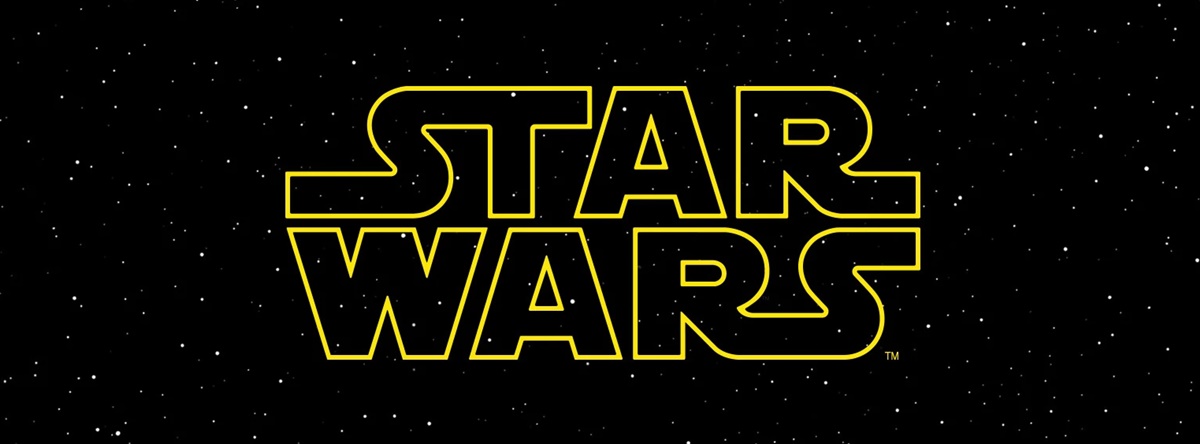
If you somehow live under a rock and don’t know anything about Star Wars, here is a bit of introduction.
Star Wars is an American movie franchise created by George Lucas, which began in 1977 and quickly became a worldwide pop-culture phenomenon. Since then, the franchise has expanded into various other media, including television series, novels, comic books, video games, theme parks, and themed areas. It still holds a Guinness World Records title for “The Most successful film merchandising franchise.” You know, probably the same level as Marvel.
In 2020, the franchise was estimated to have a value of around $70 billion. On the list of the highest-grossing media franchise of all time, it ranks fifth. In 2012, George Lucas sold his production studio to Disney, and the franchise got even more budget to do amazing visuals. The franchise consists of nine movies, divided into three eras, but all belong to the Skywalker saga with Luke Skywalker (played by Mark Hamill) in the center of the plots. It also has two spin-off films called Rogue One (2016) and Solo: A Star Wars Story (2018).
Many brands have incorporated Star Wars into the products and marketing to gain more outreach. There are Burger King, White Castles, Hot Wheels, Nissan, Lego, Oreo, Google, Philips, Windows, and more. That can prove the breadth of the franchise’s marketing power. Star Wars has become a culture that attracts millions of fans, and brands can not stay out of the trend.
Star Wars marketing strategy over time
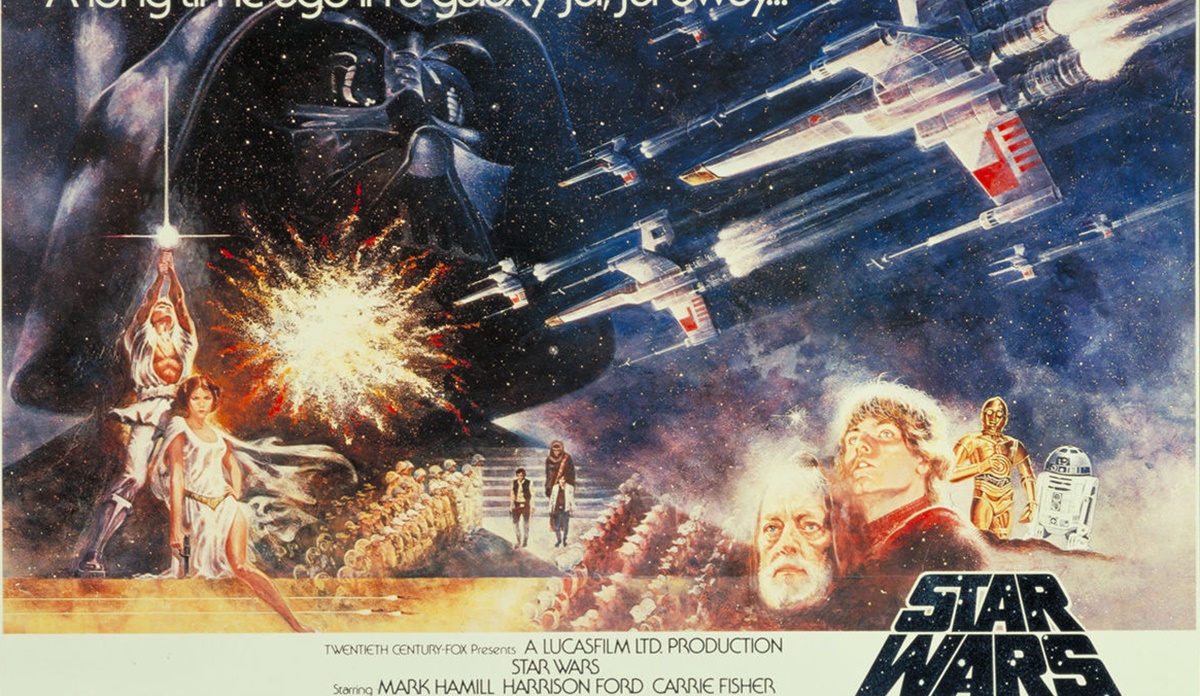
For nearly 40 decades, the Star Wars brand has captivated audiences worldwide. In terms of box office revenue, the film has grossed over three billion dollars with more in the coming days and weeks with the release of The Last Jedi.
The first movie in the franchise, Star Wars: Episode IV - A New Hope, really changed marketing. It created a group of fans that led to the Lucasfilm empire selling goods worth $20 billion over the years. This movie started a brand that has now become one of the strongest brands in the world.
With that said, the franchise continually finds itself ranked in the top five licensed toy brands. If you look closely, thousands of companies harness the power of the Star Wars brand. From Under Armor to Google and Covergirl, everyone likes the Force.
What Star Wars marketing teaches us the most is the value of storytelling, or in other words, the necessity of developing a brand story that your audience can resonate with. The tactic itself is not new, but when we look at how Star Wars shared its story, we can view the suggestion in a more detailed light.
Star Wars is the best example of how a brand can rewrite tales with new characters and visuals while continuing the success of age-old stories. Here are some of the main story themes that every Star Wars movie revolves around:
- The premise of good vs. evil
- The necessity of love and friendship
- Power struggles
- The cultivation of courage
- The steps towards the Hero’s Journey of a relatable character
By matching these stories with special effects, powerful music, memorable catchphrases, and the mystique of space exploration, Star Wars becomes a brand that people can not resist. And when people become immersed in the stories, they feel like they are the heroes themselves. That is when Star Wars related products can be sold like pancakes with high satisfaction from customers.
Many movie viewers watched the films as children in the 1980s and kept on passing the experiences and enthusiasm to their children, which made Star Wars generational. Even with new movies rolling out, generations of fans keep gathering for the love of the franchise. Star Wars literally brings people together like a sporting event or patriotism.
Through time, the marketing strategy focused on the story still seems to be working well. The amount of advertising, merchandising, and marketing does get more insane, but the stories are always at the center of what attracts the audience. At times, it seemed like the new films couldn’t tell a story as well as the predecessors, but we will get to that later. Star Wars remains a successful and profitable franchise with new plans for years to come. As fans or moviegoers, we still can’t wait.
Star Wars best marketing lessons
To channel the Force in your own marketing strategy, here are the best marketing lessons that you can learn from Star Wars:
Create your own special day
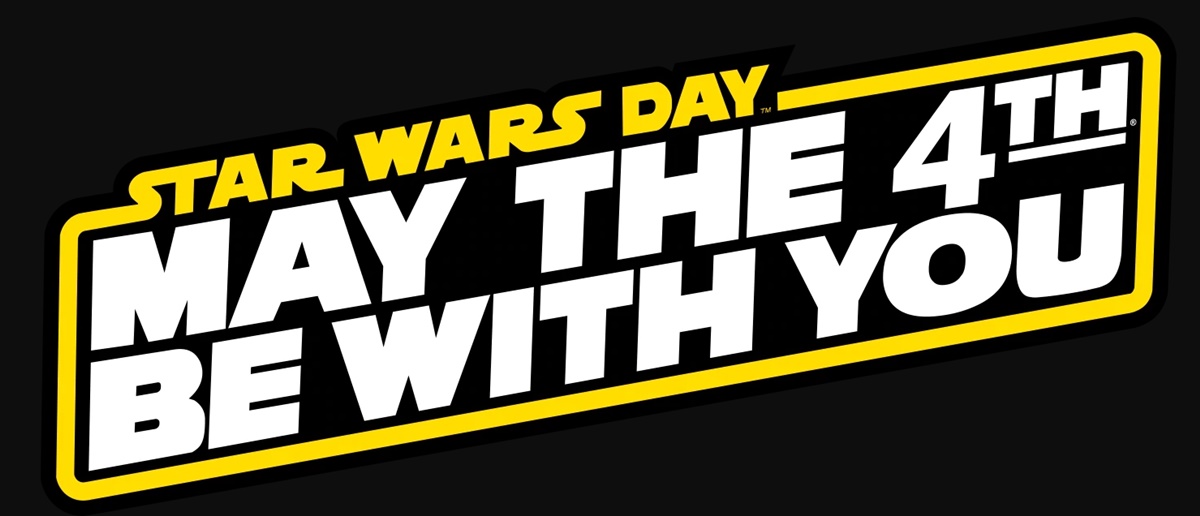
On May the 4th, every year, people around the world celebrate Star Wars day together. Selected days is a pun from the famous catchphrase that Jedi often say: “May the Force be with you”. The phrase originated at least in 1979, the day Margaret Thatcher was elected Prime Minister. Her party picked up an ad in the newspaper that said: “May the fourth be with you, Maggie, congratulations”.
Besides, many brands and businesses often offer Star Wars merchandise on the day - a win-win for sellers and fans who can purchase merchandise and show their love for the franchise. Nissan, Frappuccino, Hootsuite, Windows, and more, have celebrated Star Wars day via Twitter posts, special promotions, or related products.
Next time you want to run a sale, consider branding it as a celebration or event. Give it a unique name and build anticipation among audiences on your marketing channels. This way, you can turn a simple sale into something your customers look forward to and memorize.
Make a timeless slogan
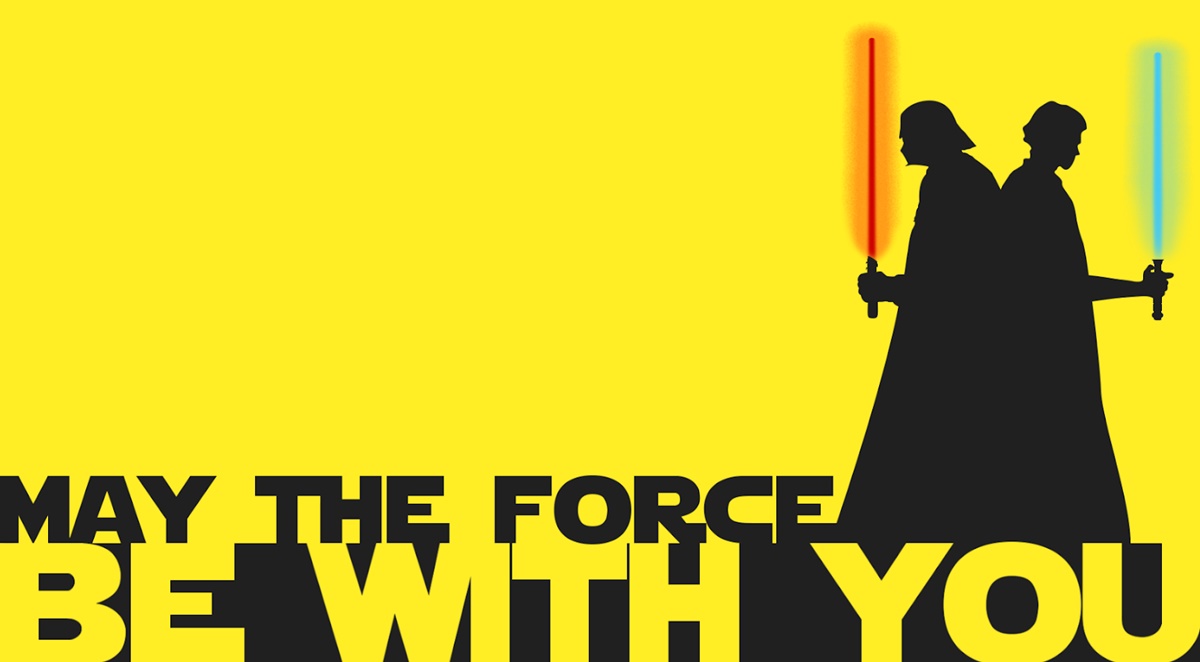
Speaking of which, have your brand had a slogan or catchphrase that people can remember instantly. For McDonald’s, it is “I’m lovin’ it”, for Honda, it is “Keep moving forward”, and for Star Wars, it is “May the Force be with you”. It was used in the first Star Wars, and nearly four decades later, with seven movies more, the catchphrase is still used by fans around the world as a message of goodwill.
A sticky slogan is very powerful to influence how the audience talks about your brand. If your business still doesn’t have a slogan, it may be a good idea to come up with one! Here is a quick checklist to create an effective slogan:
- Simplicity: Keep your slogan straightforward, short, and honest
- Clarity: Be clear about the message you are trying to send
- Essence: Make the slogan represents what your customers need from your brand
- Memorability: Make it easy to memorize, hard to forget
Make an impact on the culture
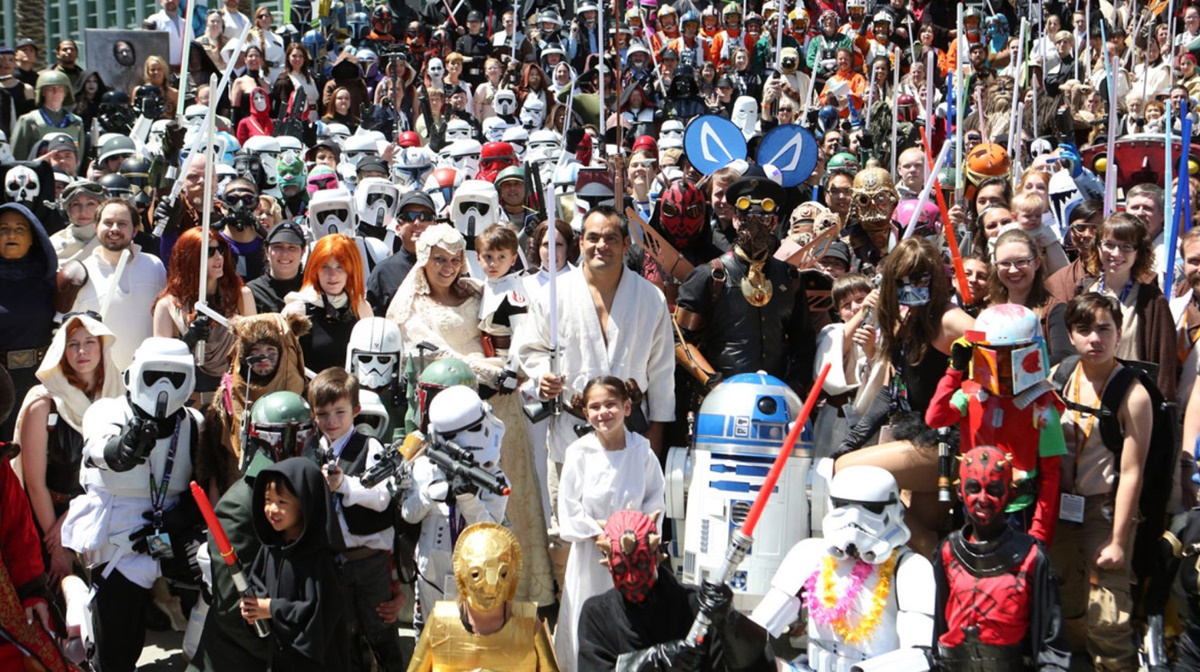
While the amazing stories gave the original Star Wars movies their power, the underlying cultural impact made the franchise popular and refreshing even after all the years. George Lucas drew on his passion for history and political issues at the time when developing the original film scripts. Together with the film’s hero, Luke Skywalker, and his brave journey, the first three movies gave the audience a reason to hope - at a time when hope was needed in the social slump after a World War.
The latest trilogy - released between 2015 and 2019 - has continued to impact the culture to develop the Star Wars fan base. However, they did so by involving the more extensive storyline. In contrast to the original trilogy with only one protagonist and a major female character, the new trilogy shows more diversity, including different genders and ethnicities as important characters (Rey, Rose Tico, Finn, Rachel), bringing their global cultural power to the big screen.
Everyone in the world can see their characters fighting relatable fights, despite the intergalactic surroundings and stories.
A brand’s cultural involvement plays a big role in consumer purchase decisions. To implement powerful cultural relevance, you should observe the world around you and incorporate a cultural need or desire into your product and service. If you can keep your brand relevant to the cultural shift, you have a higher chance of winning consumers’ hearts and staying competitive on the market.
Take advantage of nostalgia
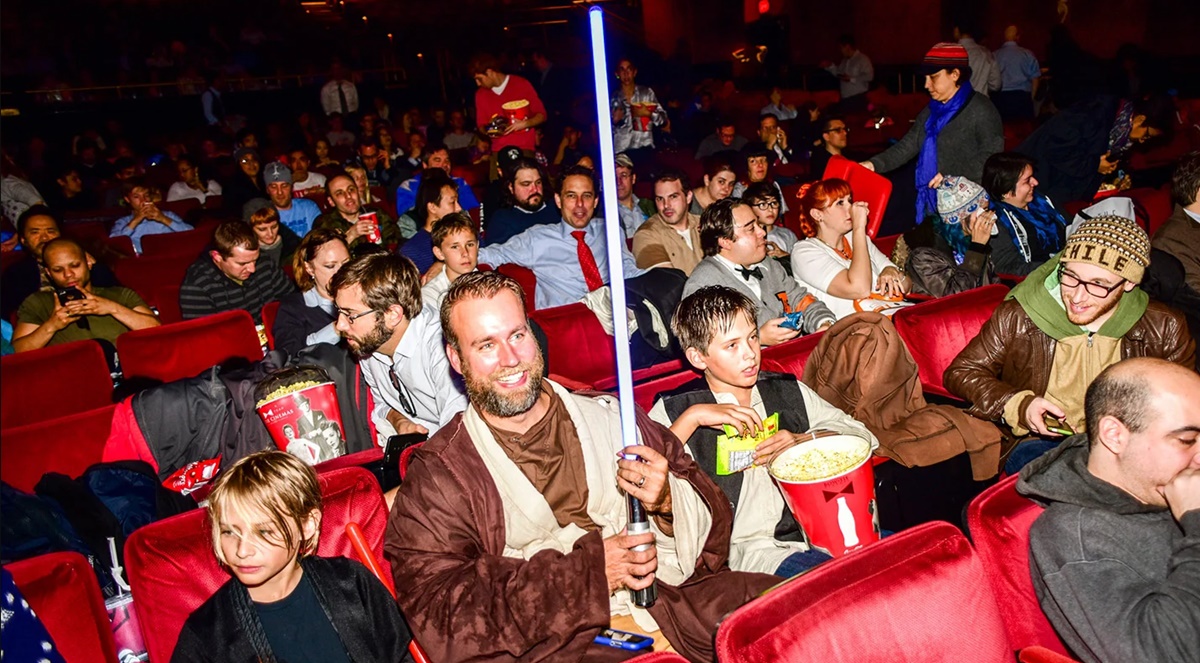
Star Wars has a long history spanning nearly four decades. Fans of the original movies are now adults, but they still remember the old movies from childhood. That’s why prequel series in the early 2000s and new trilogy in the 2015s have a lot to live with. Both have to draw a clear resemblance to the original trilogy and introduce new materials for the younger generation.
The Force Awakens did a good job of this. Its trailer features visually similar scenes with iconic footage from the original trilogy and a resembling plot - all saying that this is the Star Wars that fans know and love. However, the art direction of the following movies followed the same principle but didn’t do so well with critics and fans. Movies aside, the marketing for the movies was still a success. Fans everywhere still lined up to see their beloved characters.
eCommerce is a quite new industry, but you can still use nostalgia as Star Wars did. Even if you are not selling a rich history product, you can tap on centuries of tradition to recreate age-old values. Remind the customers about the ‘good old days,’ and you are already using nostalgia to grow your business.
Provoke emotion
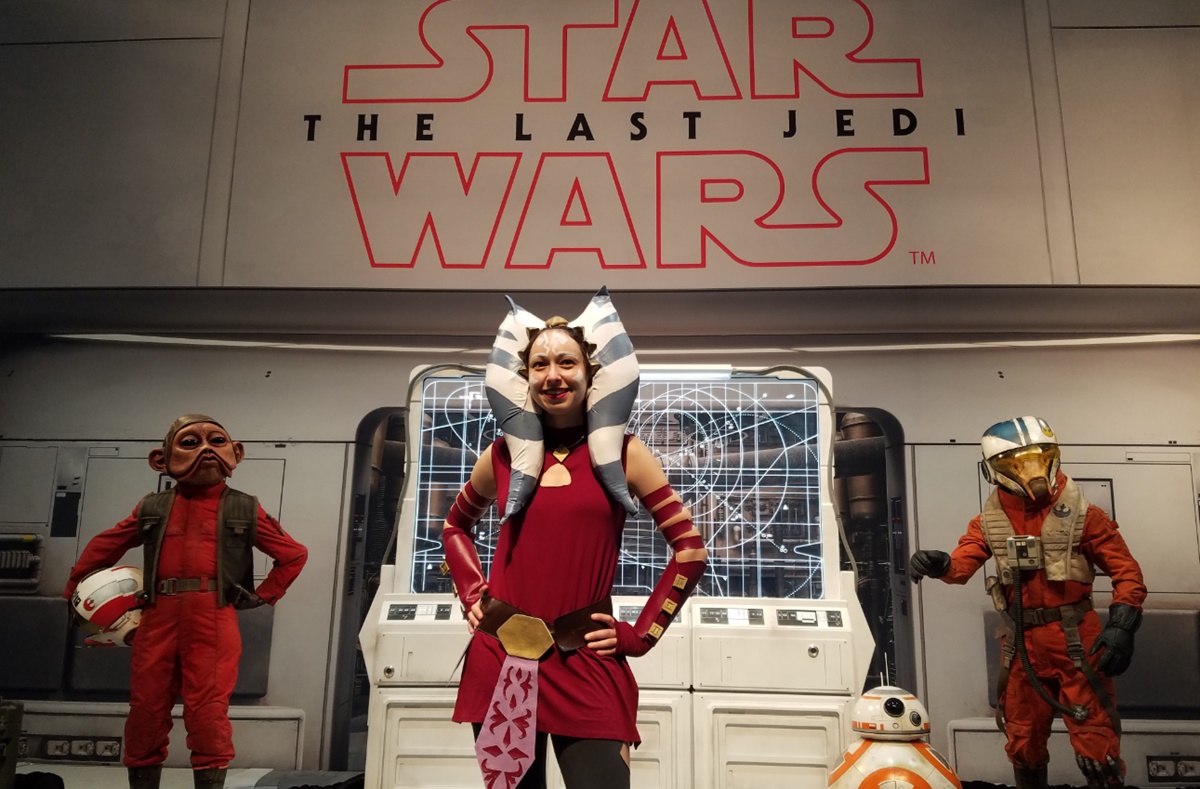
Customers often make decisions based on emotions. In fact, 95% of purchasing decisions are subconscious, or in other words, emotional.
While creating a good story is undoubtedly crucial for a movie, you must remind yourself of the emotions that you want to convey. This emotional experience creates a unique connection between your product and the audience. It is also a key factor to make you stand out among the competitors. The staggering popularity of Star Wars is largely based on the emotional stir and connection it created with millions of fans and movie lovers.
The emotional tie between the fans and the brand can be found through these numbers:
- $243 million in Star Wars products were sold in 2015, which is an increase of $168 million compared to 2014.
- Celebration Chicago drew over 65,000 people in 2019 as an annual Star Wars celebration festival.
- Disney has already grossed over $4.8 million from its investment in buying LucasFilms, and that is only in box office sales.
- In 2015, two million Star Wars books were sold.
Even if you don’t have the big-budget, your brand still has many potentials to develop a loyal customer base. Do it by creating content that provokes emotion in your audience and make them feel a specific way about your business.
Gather user-generated content
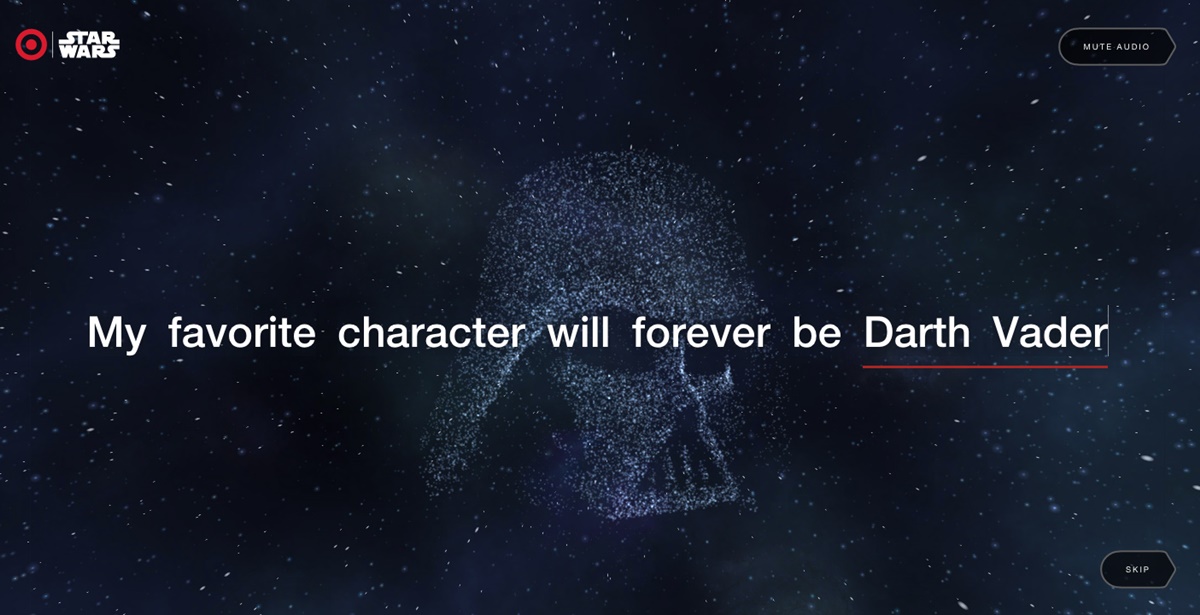
A fansite called “Share The Force” was created by Target and backed by Disney. Fans of all ages are encouraged to send Star Wars memories - from veterans since 1979 to a new generation of Star Wars fans coming across the original trilogy on Netflix. The submissions are stored as stars in a 3D galaxy, resembling famous characters from Star Wars. The memories can then be shared on social media.
The campaign was brilliant and designed to make fans even more eager for the movies. Then, it became a portal for fans to share their memories watching the movies too.
The goal here is to make the audience feel good showing off your products. Whether it is the pleasure of a beloved movie or the pride of having something awesome, if the audiences are willing to create user-generated content for you, you already won. You can entice them with rewards and discounts too.
Drip feed marketing
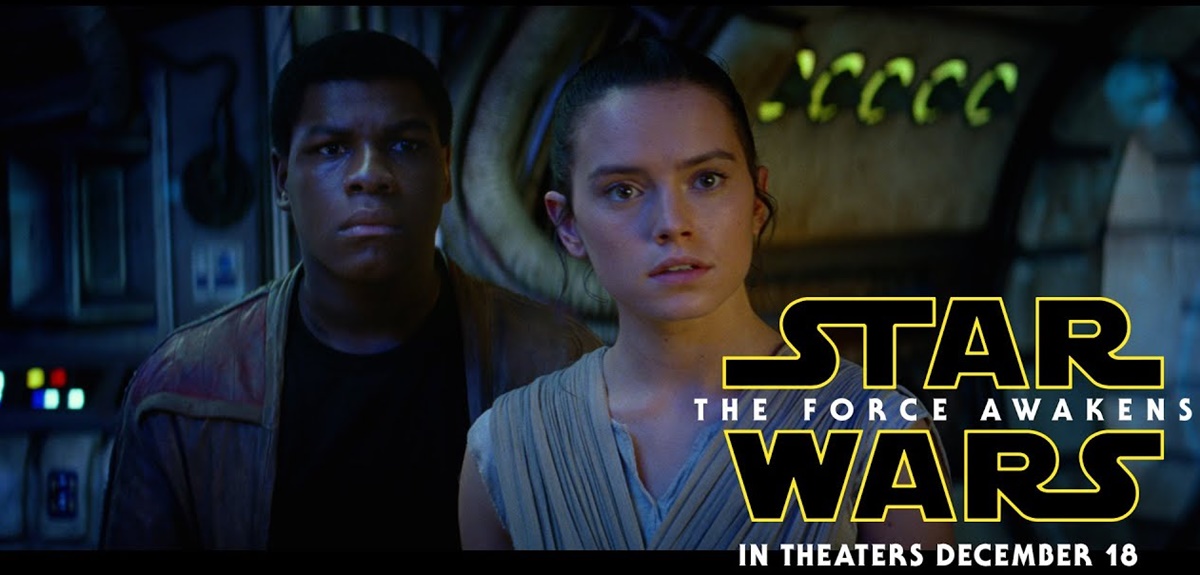
For The Force Awaken, Disney released a series of movie posters online before they went to the cinema, an official online trailer before it hit theaters and a Japanese or international trailer to tease with a few footages. There were also hundreds of hours of promotional videos, behind-the-scenes footage, and documentaries to drip-feed fans with excitement before the film actually hits the theater.
For the new trilogy, Disney spent an unprecedented amount of marketing money on social media. Whether it’s Twitter, Facebook, or YouTube, Disney is investing their marketing money into where they do best - on social media. The way of marketing for movies has changed drastically over the years, so Disney’s marketing strategy helped spread the words and educate new customers about the franchise.
The lesson here is don’t just announce the release of your product. Drip hints that something big is coming so you can generate interest before the actual announcement. Find related, funny, and shareable content then make more value of it than just making a simple announcement.
Star Wars best marketing campaigns
Through the years, here are some of the best Star Wars marketing campaigns that you can learn from:
Harnessing merchandising power with co-branding
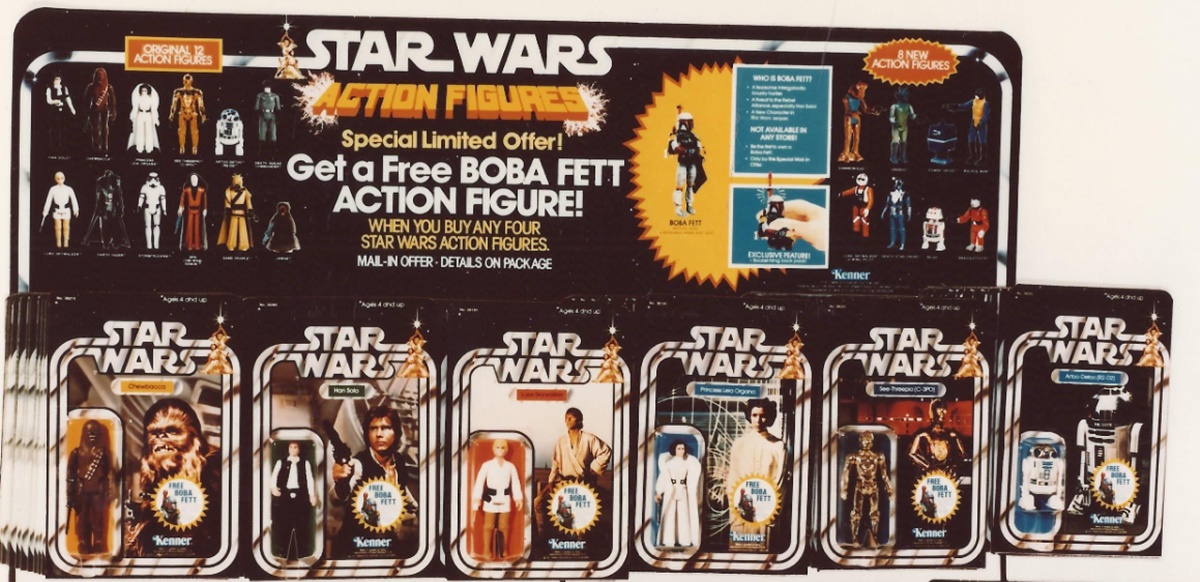
Star Wars was a monument for changing popular culture and entertainment, and also revolutionized film marketing. Before 19977, films only relied on ticket sales for revenue, but LucasFilms had something else in mind. They released a series of comic books before the original movie was released to set up the theater experience. They also sold toy-merchandise rights to Kenner for $100,000. Kenner created small action features based on the characters, and they flew off the shelf with the movie’s success.
In 1978, with the premiere of “Empires Strikes Back”, LucasFilms and Kenner were ready. They sent out promotion emails prior to the film’s debut and created new figures. By the end of 1978, Kenner had sold over 40 million figures for more than $100 million. The company released 96 action figures in total until 1985.
Making the actors the celebrities

John Boyega and Daisy Ridley were hardly known before playing the lead roles in The Force Awakens. Being a part of something big as a Star Wars film immediately shot them into stardom status. In turn, they generated significant buzz about the movie with their social media. Their reactions to the movie trailer were shared on Instagram, YouTube, and covered by news channels. With human elements, a brand gets a lot easier to relate to.
The fresh-faced actors joined many talk shows talking about the movie, geeking out the merchandise, and endearing themselves to fans and showed their enthusiasm about the films just like die-hard movie lovers. Their activities made the characters more adored by the public, leading to better response with their characters in the movie.
Have many types of content
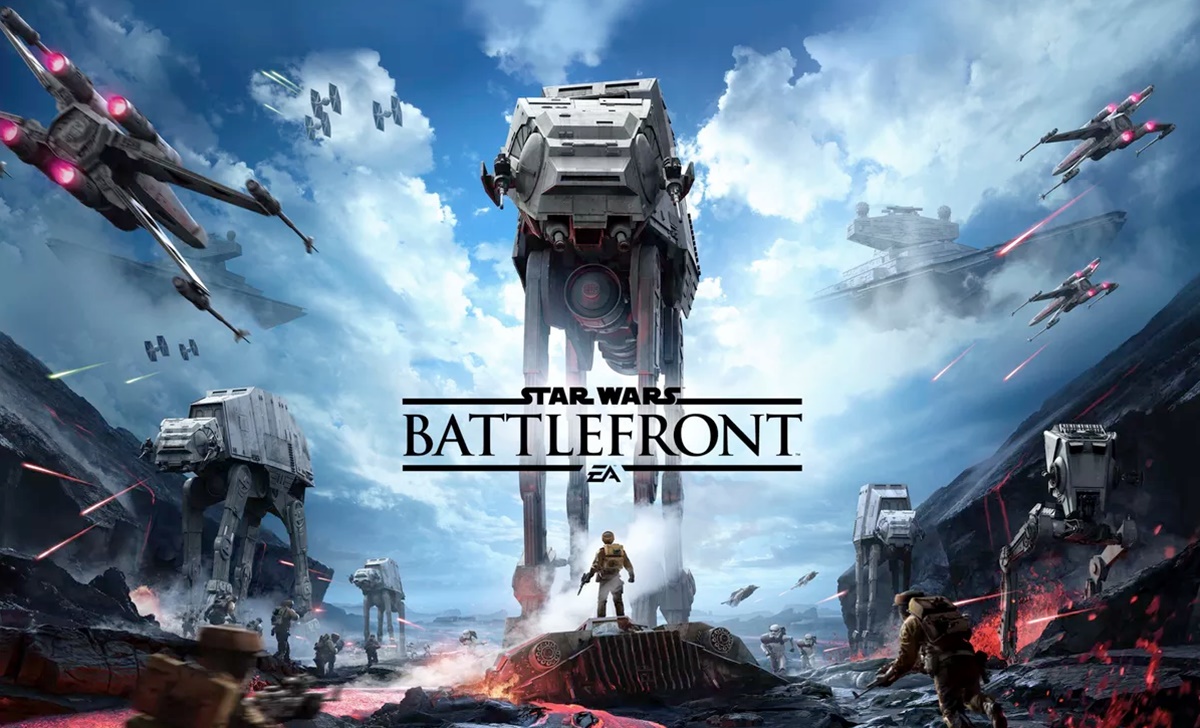
Visual, audio, video games, apps, trading cards, and more about Star Wars were everywhere prior to the movie debut. For the new trilogy, the marketing team of Star Wars covered all types of content to reach the widest audience possible. With so many entertaining ways to show the love, Star Wars fans got more excited about the franchise, while marketers could expand to new audiences by experimenting with content. You can say what you want about Disney, but the marketing team seriously did a phenomenal job.
May the Force of marketing be with you!
Spanning over four decades, Star Wars is one of the most profitable and respected movie franchises in the world. The movies are a part of the modern culture and still entice strong emotions in fans around the world. Not just that, the marketing strategy of the movies through time always catches up with modern channels and creative campaigns.
If there is one thing that I want to stress the most in Star Wars marketing strategy, it is: Making your customer a hero. Many generations have seen themselves picking up a lightsaber to become the next Jedi, overcoming their issues, and transforming into better people. That is something not many movies can do. If your brand can do that, it is destined to live long and prosper. Thanks for reading, and leave your thoughts in the comment section!
New Posts






